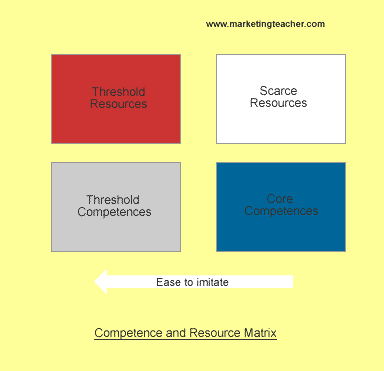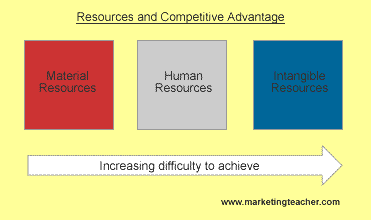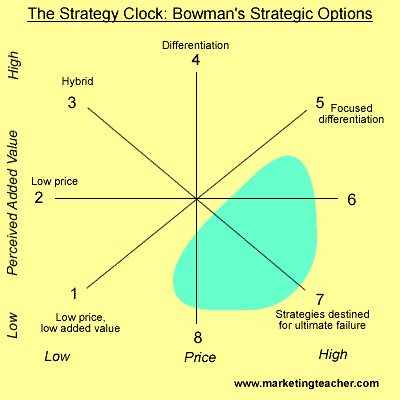Introduction
Mobile advertising is a rapidly growing sector providing brands, agencies and marketers the opportunity to connect with consumers beyond traditional and digital media directly on their mobile phones. This document is an overview on the mobile media channels available to advertisers today, including the benefits offered by each, and considerations to use in selecting and optimizing mobile advertising campaigns.
This document is adjunct to the Advertising Guidelines, which provide technical specifications, global formats, guidelines and best practices for each mobile channel.
Today, mobile phones can be utilized for much more than just making and receiving calls. Besides voice services, mobile users have access to data services such Short Message Service (SMS), also known as text messaging, picture messaging, content downloads and the Mobile Web. These media channels carry both
content and advertising.
The mobile phone is an extremely personal device. One mobile phone typically has one unique user. This makes the mobile phone a precisely targeted communication channel, where users are highly engaged with content. As a result, the mobile channel delivers excellent campaign effectiveness and response
levels compared to other media.
Mobile is valuable as a stand-alone medium for advertising, but it’s also well suited for a vital role in fully integrated cross-media campaign plans, including TV, print, radio, outdoor, cinema, online and direct mail. These examples illustrate the ways brands and marketers use the mobile channel to engage and interact
with consumers:
• Click to call (users place an outgoing call to the content provider or advertiser)
• Click to locate (users find, for example, the closest car dealer or movie theatre, enabled by location-based services)
• Click to order brochure (users receive marketing materials by supplying their postal addresses)
• Click to enter competition (users enter text or sweepstake to win prizes)
• Click to receive email (users receive an email and a link to online site by supplying their email address)
• Click to receive mobile coupon (users receive an electronic coupon on their mobile phone that can be redeemed immediately at a participating merchant)
• Click to buy (users make a purchase paid for with a credit card, added to their monthly mobile bill or using some other form of mobile payment)
• Click to download content (users download content, including logos, wallpapers or ring tones, onto their mobile phones)
• Click to enter branded Mobile Web site (users click a banner to get connected to standing or campaign-specific Mobile Web site)
• Click to forward content (users forward relevant content
to friends, creating a viral campaign effect)
• Click to video (users click a banner to view an advertiser’s commercial for a product or service)
• Click to vote (users reply message ballot or poll from their mobile phone and provide marketers and brands with valuable research insights)
When designing a mobile advertising campaign, there are multiple channels available to reach the consumer. Those include Mobile Web sites, mobile applications, mobile messaging and mobile video, all of which can be integrated into the interactive campaigns previously described. Each channel can link to additional mobile content or channels, as well as to complementing traditional media. Mobile provides a powerful instant and
interactive response path, such as consumers sending a keyword to a short code via SMS, or registering on a Mobile Web site.
by mma glo



